The Casa Grande Dispatch is an American newspaper published Tuesdays,Thursdays and Saturdays in Casa Grande,Arizona. Circulated in Casa Grande and surrounding areas,it is Pinal County's largest paid circulation newspaper. It has been published under the current ownership,Casa Grande Valley Newspapers Inc. since 1963,and in January 2012 it began its 100th consecutive year of publication.

The following is a timeline of the history of the area which today comprises the U.S. state of Arizona. Situated in the desert southwest,for millennia the area was home to a series of Pre-Columbian peoples. By 1 AD,the dominant groups in the area were the Hohokam,the Mogollon,and the Ancestral Puebloans. The Hohokam dominated the center of the area which is now Arizona,the Mogollon the southeast,and the Puebloans the north and northeast. As these cultures disappeared between 1000 and 1400 AD,other Indian groups settled in Arizona. These tribes included the Navajo,Apache,Southern Paiute,Hopi,Yavapai,Akimel O'odham,and the Tohono O'odham.

Ida Redbird (1892–1971) was a Maricopa potter from the Gila River Indian Community of the Gila River Indian Reservation in Arizona. She was the first president of the Maricopa Pottery Maker's Association and was widely credited with the revival of ancient Maricopa pottery techniques and forms. Her polished black-on-redware pottery was highly prized with collectors. Texas photographer Ted Sayles shot a series documenting Redbird sculpting her pottery. The series toured museums throughout the Western United States
Alfred Kinney was a politician from Arizona. He was one of the first two state senators from Gila County,serving in the first three state legislatures,and the 6th through 10th legislatures,a total of eight legislatures overall.
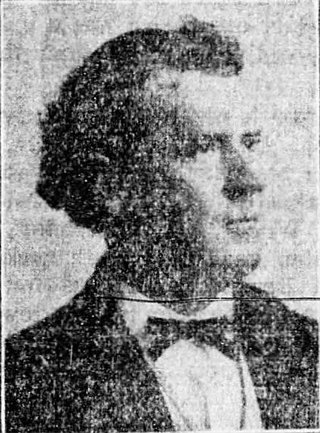
Colonel A. A. Worsley was a politician from Arizona who served in the 1st Arizona State Legislature. Worsley was also an attorney,who practiced in Tucson,Arizona. He was married to Alice J. Worsley.
James A. Harrison was a politician from Arizona who served in the 1st Arizona State Legislature. He returned to the state senate in 1932 and served four more terms,three consecutively from 1932 through 1938. He operated the large Harrison ranch from the early 1900s through 1950,when he sold it to his son and grandson. He served on the Santa Cruz county board of supervisors from its inception through 1920. He was also on the city council of Nogales,Arizona,and served several terms as its mayor. Early in his life he was a stage coach driver for Wells Fargo.

David Harmon Claridge was a politician from Arizona who served in the Arizona Senate for several terms. He was also a rancher,a farmer,and an Arizona pioneer. In the 1920s he stopped ranching and moved to Phoenix,where he became involved in the real estate business.
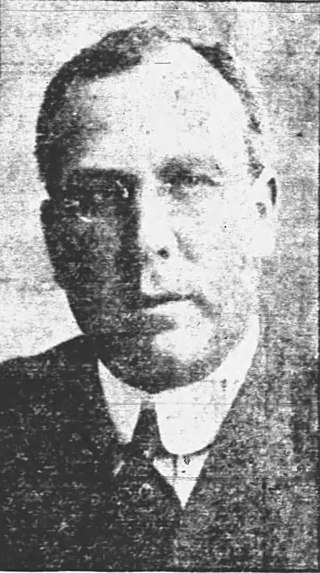
Mose Drachman was a pioneer business and civic leader,as well as politician,in Tucson,Arizona,during the early 1900s. He was involved in numerous interests,including mercantile,real estate,banking,mining,and cattle. He served as the Senior Clerk for the U.S. District Court in Arizona during the term of William H. Sawtelle,served two terms on the Tucson City Council,and five consecutive terms on the Tucson Board of Education,as well as being on both the Tucson and Phoenix chambers of commerce. He also served a single term in the Arizona state senate during the 2nd Arizona State Legislature. Two books were written about his life,Ridin' the Rainbow,and Chicken Every Sunday,the latter being made into a Broadway play,as well as a motion picture of the same name.
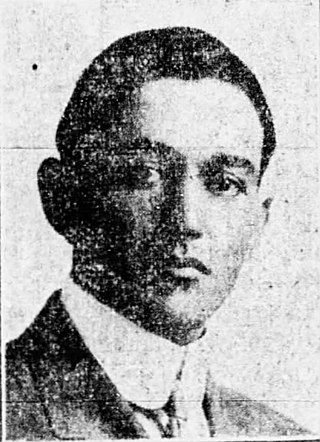
Andrew P. Martin was an Arizona politician who served a single term in the Arizona state senate during the 2nd Arizona State Legislature. He was known as the father of the Arizona National Guard,having organized and led the first company in the territory in 1910. With no formal education in pharmacology,he became a registered pharmacist,and grew his father's single drug store to become the largest drug store chain in Tucson,before selling in 1954. He was also called the father of the University of Arizona College of Pharmacology,having led the drive to establish school. In addition,he saw combat as an artillery soldier during World War I.

Charles E. MacMillin (1888-1941) was an Arizona politician who served several terms in the Arizona State Senate and House of Representatives. He served three terms in the upper house,two consecutively,and a single term in the lower house,during which he was elected Speaker. He served in the U. S. Army during World War I,and saw action in Europe. Initially a pharmacist by trade,he later turned to insurance. As a result of his insurance business,he was convicted of forgery in 1934 and was sentenced to one to three years in state prison.
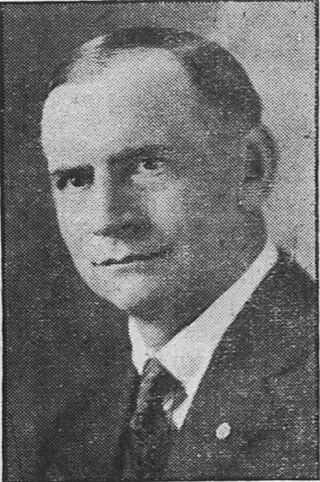
Ernest R. Hall was an Arizona politician who served a single term in the Arizona State Senate during the 3rd Arizona State Legislature. He ran several other times for the state legislature,mostly for the State Senate,but once for the State House of Representatives. He also ran three times for Arizona Secretary of State,winning in the 1920 election. Other offices he held were justice of the peace and postmaster,both in the Salome,Arizona area. He was a combat veteran of World War I,and was a very successful farmer in Maricopa County for several decades.
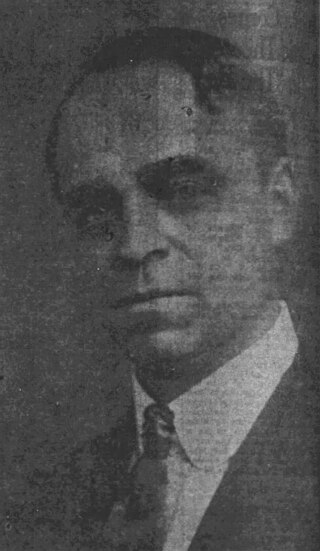
Fred Ormal Goodell was an Arizona politician who served three consecutive terms in the Arizona State Senate from 1917 through 1922. Very active in the Masons,he served in all of their major posts in Arizona,including being the Grand Master of Masons in Arizona,the Grand Commander of Knights Templar in Arizona,the Grand Master of A. &S. M. of Arizona,and the High Priest of R. A. M. of Arizona. He served as the county comptroller for Pima County for 21 years,from 1935 to 1956.
John Centennial Devine was an Arizona politician who served two consecutive terms in the Arizona State Senate from 1917 through 1920. An Arizona pioneer,with an mining engineer background,he worked at several mines in Pinal County as either the supervisor or general manager. He worked as an undersheriff both early and late in his career,once killing a man who resisted arrest.

Charles Hays Rutherford was an American lawyer and politician from Arizona who served in the Arizona State Senate from 1917 through 1918,during the 3rd Arizona State Legislature. He also served during the 6th Arizona State Legislature. He served in the Army Reserve,first in the JAG corps,then in the Specialist Reserve Corps,eventually attaining the rank of Colonel. From 1930 until his death in 1950 he served as a civilian aide to the Secretary of War. He practiced law,first in Indiana early in his career,and then in Arizona,until he was disbarred by the Arizona Supreme Court in 1949.
J. Warren Young was an American politician from Arizona. He served a single term in the Arizona State Senate during the 4th Arizona State Legislature.
Celina Martin Stoddard was an American politician from Arizona. He served a single term in the Arizona State Senate during the 5th Arizona State Legislature,holding one of the two seats from Maricopa County. He ran unsuccessfully for the Republican nomination for governor in 1928. A World War I veteran,he helped establish the first American Legion post in Arizona in 1919,and became its first commander. He would later be selected the Legion's state commander,and also served a term as the national vice-commander of the organization. He was well known in the mining industry in Arizona.

Elias Hedrick was an American politician from Arizona. He served a single term in the Arizona State Senate during the 5th Arizona State Legislature,holding the seat from Pima County. Prior to his senate term,Hedrick served a single term in the Arizona House of Representatives during the 4th Arizona State Legislature. He was known as a philanthropist,particularly to the Methodist Episcopal Church in Tucson,Arizona. Outside of politics he was a highly successful real-estate man.
Andrew Thomas Kilcrease was an American politician from Arizona. He served a single term in the Arizona State Senate during the 7th Arizona State Legislature,holding the seat from Pinal County,after having served in Arizona's lower house during the previous session. He had a background in education,and served at different times as Casa Grande's city clerk and postmaster.

J. Hubert Smith,also known as J. H. Smith or J. H. (Hubert) Smith was an American politician from Arizona. He served several terms in the Arizona State Senate during the 10th,12th,13th,15th,and 16th Arizona State Legislatures holding the seat from Mohave County. He also served as an assistant state attorney general during the 1940s.













